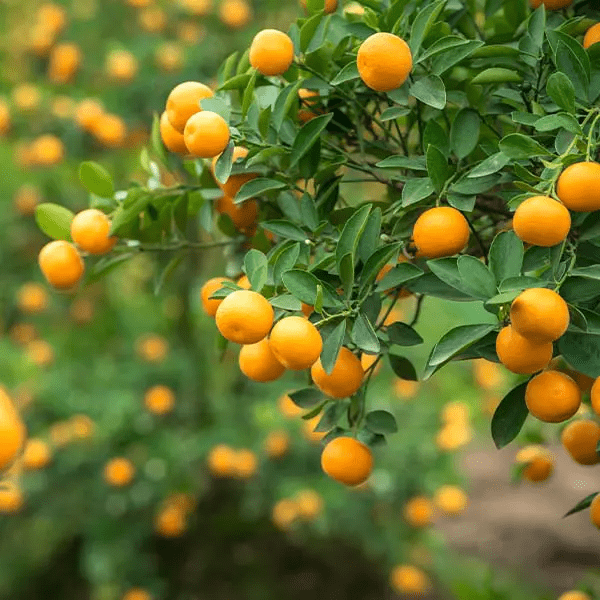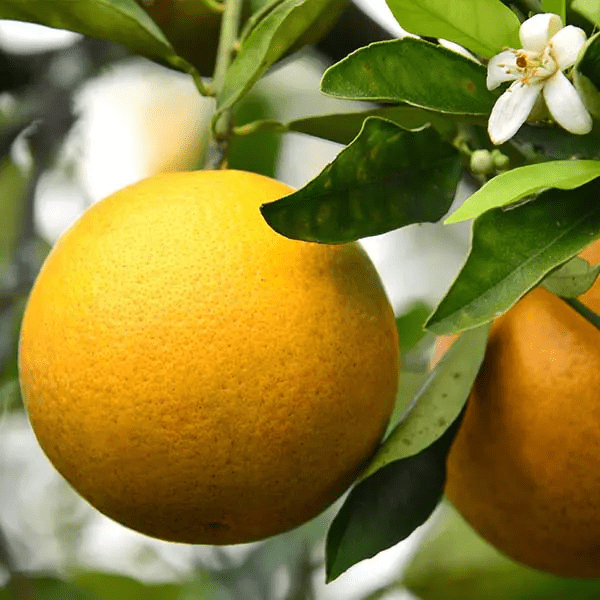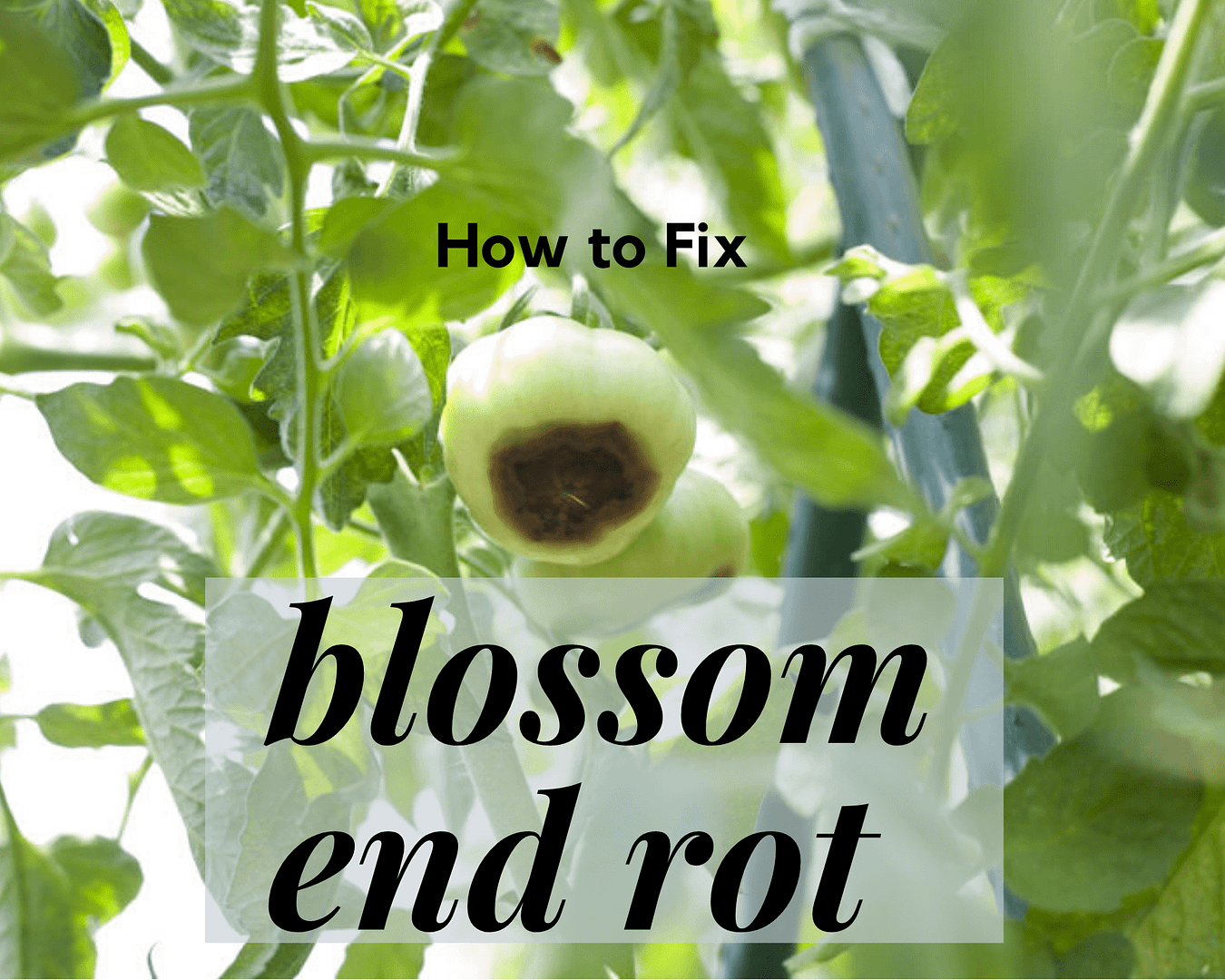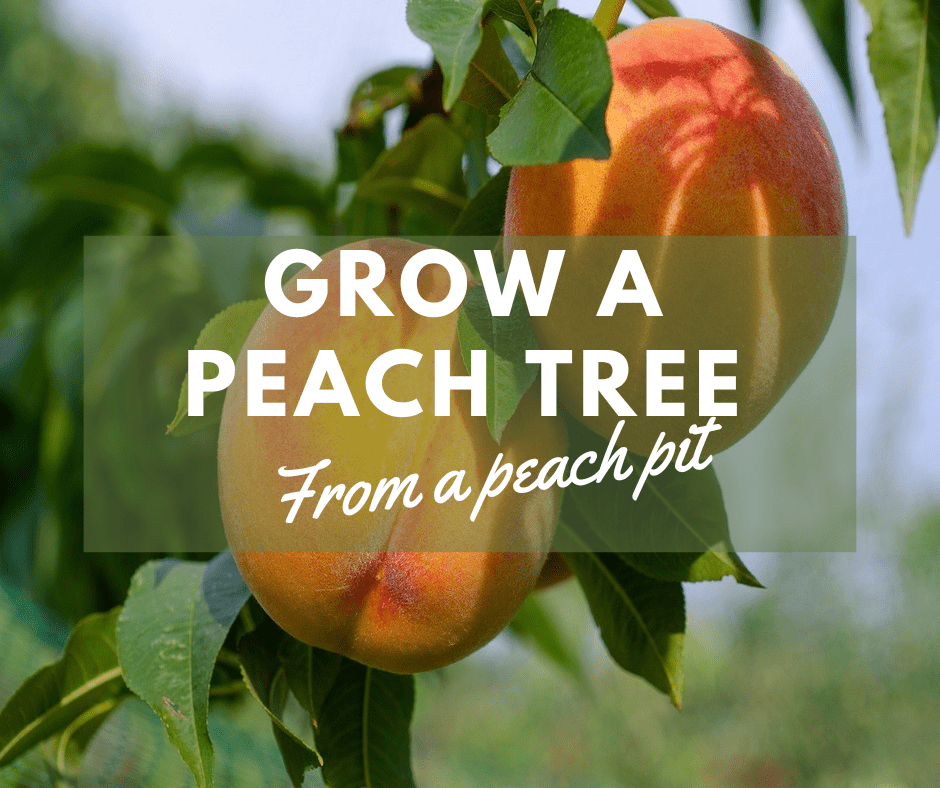This post may contain affiliate links. As an Amazon Associate we earn from qualifying purchases.
Grow dwarf navel oranges in a pot? Without a big backyard? Yup! We show you how.
According to the folks at Sunkist, there are two types of oranges: Valencia and navel. Navel oranges hit the supermarkets in winter through spring with the peak of the harvest occurring in January through March.
The result of a mutation, the navel on the orange first occurred in Brazil in the 1800s. It turns out it’s not a navel at all, but another orange — a twin — that never fully develops.
The dwarf navel orange, which is a full-sized orange tree grafted onto dwarf rootstock — grows well in a pot as long as you can provide it with lots of sunshine and warm temperatures.
Supplies you’ll need to grow dwarf navel oranges in a pot
- Planting pot
- Cactus potting mix
- Bark pieces, ½” in size (optional)
- Perlite (optional)
- Potting soil (optional)
- LED Grow Light (optional)
- Fertilizer
- Acid fertilizer
- Pruning shears
- Insecticidal soap

Choose the correct size pot
The size of the naval orange’s pot depends on the size of the tree.
Many new growers run out and buy a huge pot, thinking that the tree will grow into it. Not a good idea, though.
Very young trees typically need only a 5-gallon pot, or one that measures 12 inches in diameter. For the larger tree, go for double that width and about 24 inches in depth.
What the pot is made of is typically not a concern. Remember, as the tree grows it will get heavier and more challenging to move.

What soil should I use for a navel orange in a pot?
All citrus enjoy evenly moist, well-draining soil so keep that in mind when choosing a potting mix.
Recommendations for a suitable potting mix for a navel orange tree are all over the map. When shopping for it, keep in mind, again, that it must drain well.
For my lemon tree, I used a mixture recommended by the pros at Four Winds Growers and I swear by it. This mixture contains “5 parts fine bark (aim for 1/2″ pieces), 1 part perlite, and one part potting soil.”
Ensure that you’re purchasing a high-quality potting soil. Israel Osuna with Four Winds Growers claims that “This mix will break down very slowly, allow for adequate drainage, promote healthy root growth.”
He goes on to recommend staying away from spruce and pine shavings as they break down rapidly. “Try to select hardwood chips that will last longer.” We like coconut husk chips. See the Supplies List, above, for a link to purchase.
If you would rather avoid the hassle of making your own mix, consider a quality cactus mix. We link to our favorite in the Supplies List above.

Growing indoors? Choose the perfect spot
If you’ll be growing the dwarf navel tree indoors, find the sunniest spot you can because it does best with at least 6 hours of sun every day.
Windows that face the west or south are the ideal spot. You may want to watch it over the first month to ensure it’s not getting too much or too little sun. Experiment with various distances from the window.
If all else fails, purchase an LED grow light. We like this one, at Amazon.com. It’s adjustable height makes it easy to keep up with the growing height of the dwarf navel orange tree.
How to plant the dwarf navel orange tree in the pot
Add some of the planting mix to the new planting pot until it is about half full. Then, gently remove the dwarf navel orange tree from the nursery pot and place it on the soil you’ve added to the new pot.
As you hold the tree on the surface of the soil, eyeball how it will sit when fully planted. You want to ensure that the root flare (the part of the tree where the roots join the trunk) will be exposed and that there are a few inches at the top of the pot for water. It’s important that the root flare is exposed to avoid problems with the tree in the future.
You may have to add and remove soil to get it to the level it needs to be. When all looks good, add the rest of the soil, patting it down lightly as you go to ensure there are no air pockets. When finished, water slowly. This helps to remove air pockets and ensures that the soil is evenly moist.
If you have questions about what we mean by “root flare” and how much to expose, check out this very quick video tip from Mr. Trees at YouTube.com.
Water and fertilizer for the dwarf naval orange tree
Irrigate the dwarf navel orange tree when the top 2 inches of soil feels dry to the touch. Potted trees generally require watering twice a week, but don’t guess.
Stick your finger or a bamboo or similar probe into the soil about 3 inches deep. If it’s moist to the 2-inch depth, don’t water.
Nitrogen to a citrus tree is akin to you being served your favorite meal. They love it! Ensure the fertilizer you choose has lots of yummy nitrogen for your dwarf navel orange tree.
We suggest anything with a 3:1:2 ratio, applied at the rate listed on the label. Some NPK equivalencies to consider, aside from 3-1-2, include:
Why aren’t we suggesting that you purchase a “Citrus Fertilizer?” Because you will pay more and may not get the proper nutrients in the required amounts.
Rose fertilizer, citrus fertilizer, cactus fertilizer, berry fertilizer – you name it and the big fertilizer manufacturers are making bank off of a gimmick.
For instance, the American Rose Society recommends an NPK of 6-12-16 for roses. Yet, “rose fertilizers” at the nursery or online, don’t offer that specific NPK.
Why do fertilizer manufacturers who create fertilizers specific to roses (or any other plant) all have different NPKs depending on manufacturer? If they’ve found the ideal fertilizer for roses, wouldn’t they all have the same NPK?
They are hoping to trick the average home gardener and get away with charging far more for them. Here is a random sampling, using roses as an example:

Make the first application of fertilizer in February and then again in May, August and early October, according to the label instructions. Yup, they’re heavy feeders
While the navel orange tree is in bloom, give it an acid fertilizer once a month, again following the rate chart on the label.
Will I need to prune my dwarf navel orange tree?
Prune the potted dwarf navel orange tree in early spring to remove dead and weak stems and branches. Cut off any growth produced below the graft union — the swollen area on the lower part of the trunk where the tree was grafted onto rootstock.
Want to watch a video about how to prune your dwarf navel orange tree? I can’t recommend this one highly enough. I think you’ll love it and learn a great deal about the pruning process for this tree.
Let me know what you think of it in the comment section, below. I, personally, wish all gardening videos were this relaxing and easy to understand!
Happy growing!




